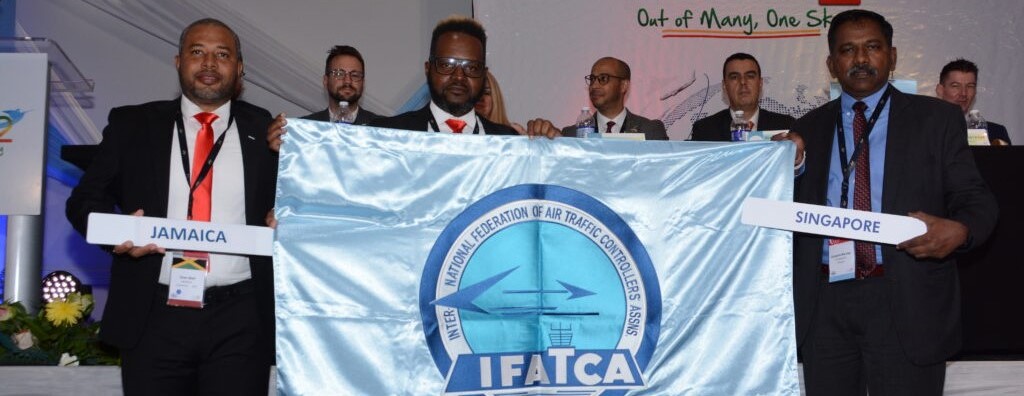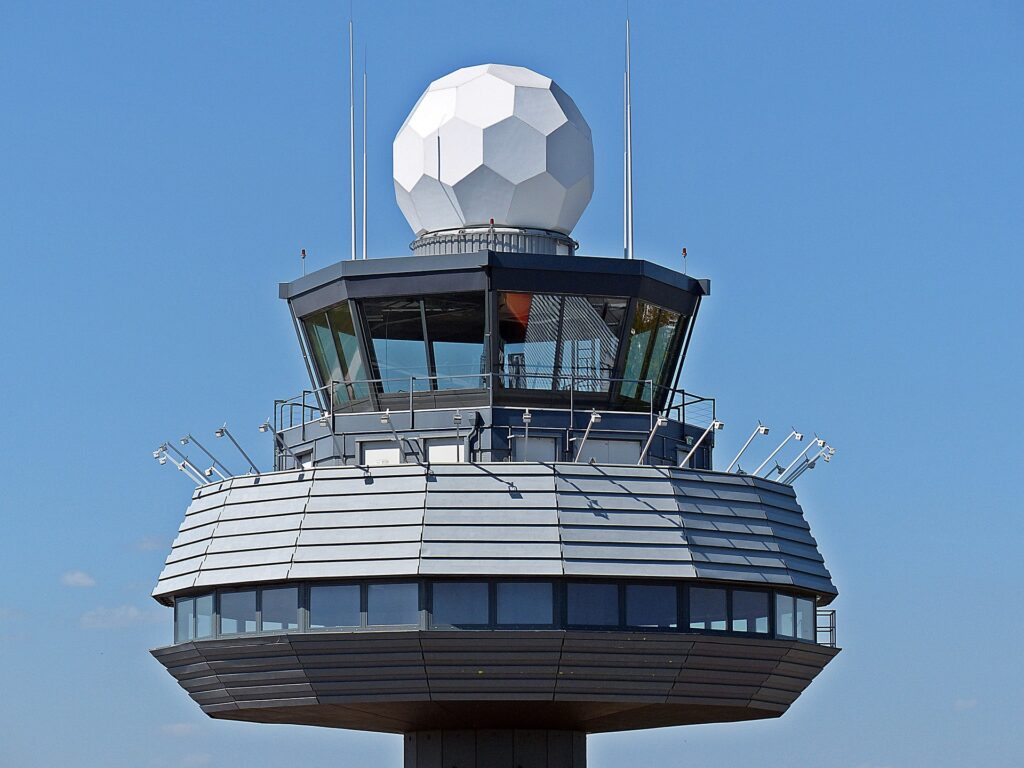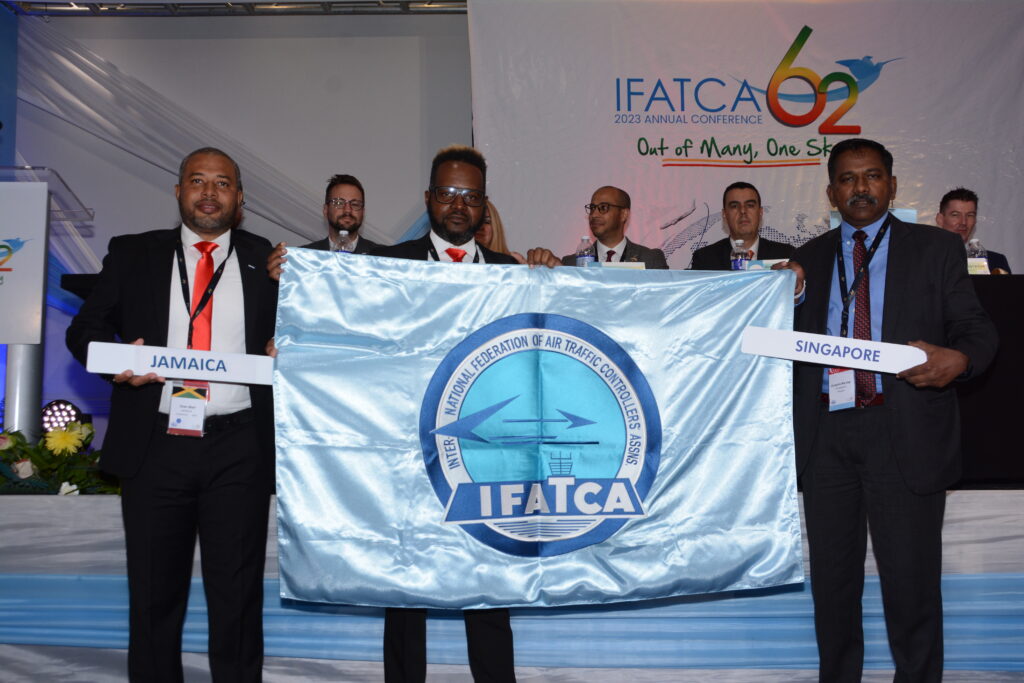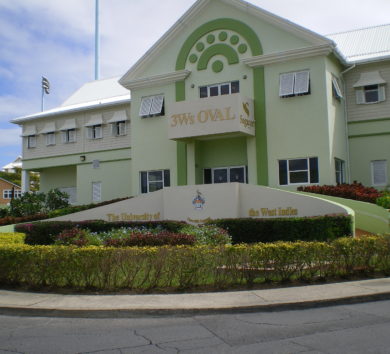

The rise of artificial intelligence (AI) technologies and its implications in the field of air traffic control was the point of discussion among 300 air traffic controllers representing 90 countries at the 62nd annual conference of the International Federation of Air Traffic Controllers Association (IFATCA).
The event was held last Friday (May 12), at the Hilton in Rose Hall, St. James.
Sean Blair, Vice President of the Jamaica Air Traffic Controllers Association and Chairman of the event’s Organizing Committee, emphasized that IFATCA recognizes both the advantages and disadvantages of AI technologies in the airspace service and discussed these topics in two workshops during the conference.
“We discussed remote control towers as well – the pros and cons; AI technology and how it will interface with Air Traffic Services Inter-Facility Data Communication (AIDC) and Controller–Pilot Data Link Communication (CPDLC),” said Blair.

Blair stressed the importance of Jamaica having a ‘seat at the table’ when it comes to shaping policies and discussing working papers related to air traffic on an international level.
By participating in forums like IFATCA, the country can influence how air traffic controllers work and contribute to the decisions brought forward to the International Civil Aviation Organization (ICAO).
Rohan Campbell, Acting Director General of Regulatory Affairs at the Jamaica Civil Aviation Authority (JCAA), highlighted the significance of the weeklong conference in upgrading the quality of air traffic services while fostering stronger relationships and partnerships. The overarching goal is to enhance safety and efficiency in air transport operations through technical exchanges among different flight information regions.







Comments